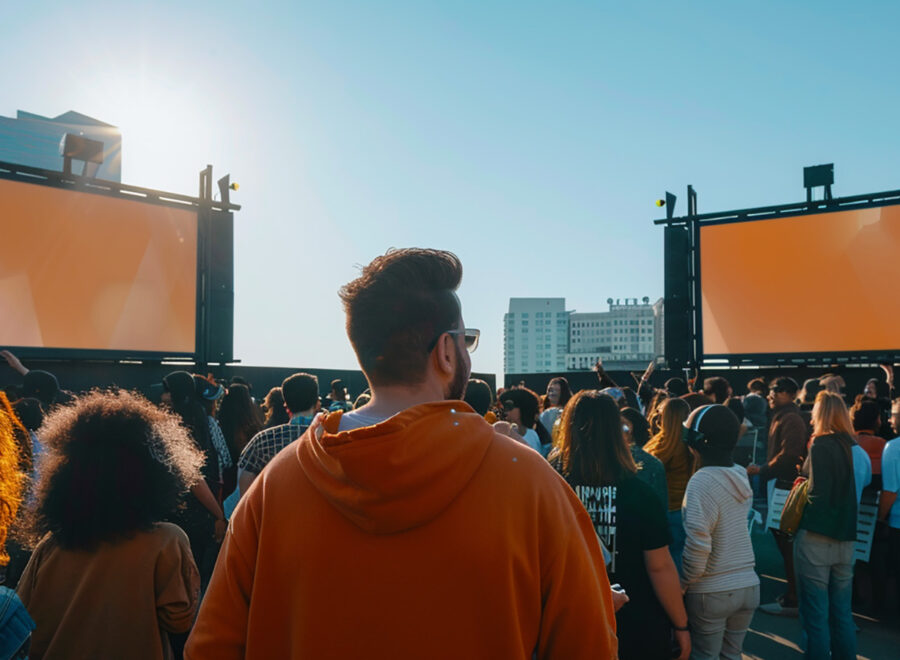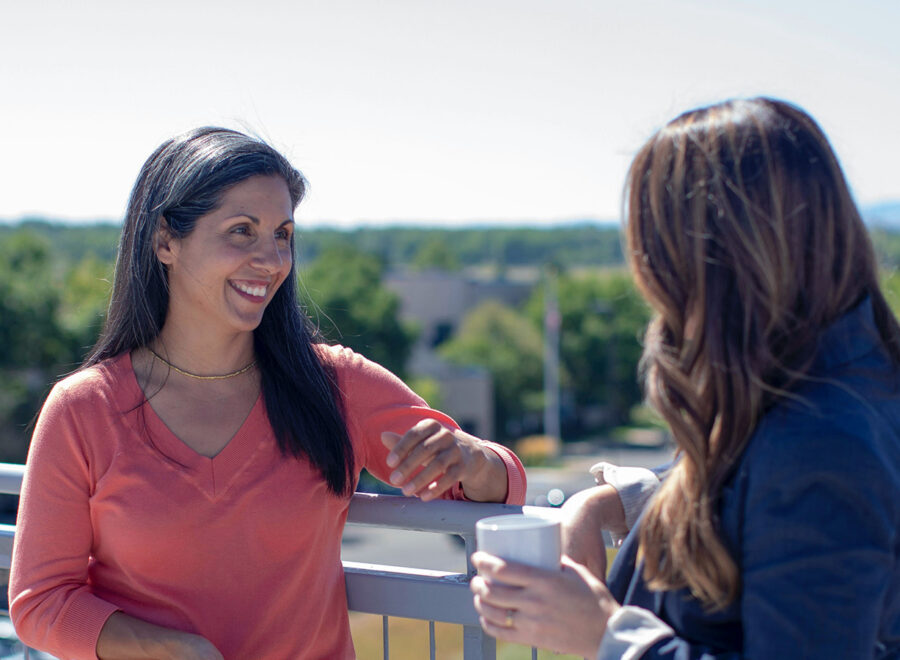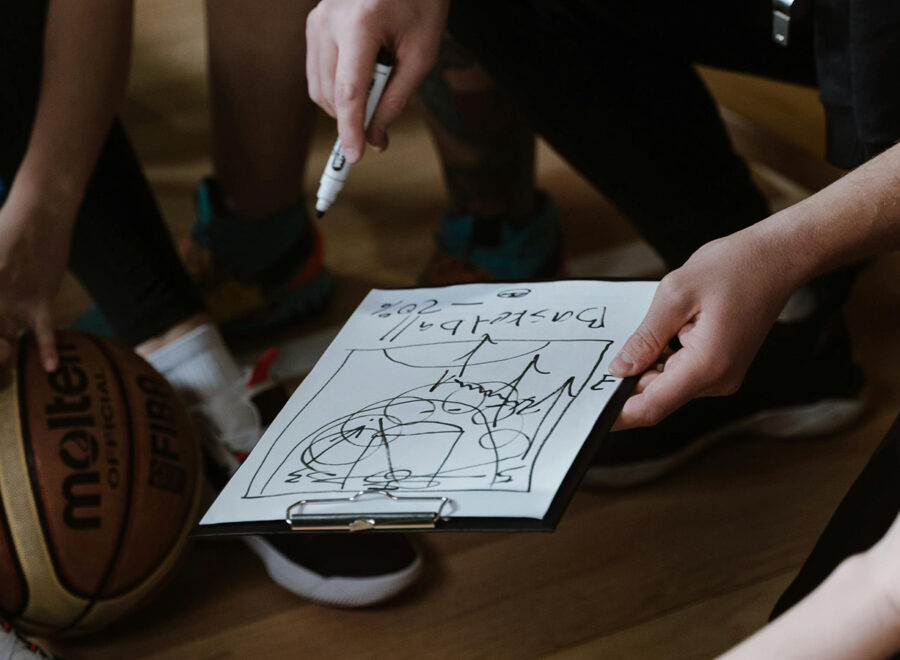These days, once-loyal customers threaten to abandon brands like Starbucks, Chipotle, and Dunkin Donuts over unwanted changes to their rewards programs. Colleen Murray explains why the best loyalty programs don’t revolve around free perks and discounts.
When was the last time you went on a bad date? Chances are, you can recall the experience in detail: the awkward silences, the mismatched expectations, the feeling of disappointment as you realized things weren’t going as planned. Ughhhh, why does it have to be like this?
Joining most loyalty programs can feel a lot like going on a bad first date. You swiped right, and then you show up. The thing that first caught your eye — that amazing same-day discount — is a letdown.
Today, people who signed up for loyalty programs, once excited for what comes next, are more disenchanted than ever. Once-revolutionary programs like Starbucks, Chipotle, or Dunkin Donuts are going the way of airlines. Social media is ablaze with customers angry that the brands that they were loyal to now require significantly more points to qualify for rewards they were used to.
How did we get here? When first launching their loyalty programs, many organizations focused on perks and promotions in order to get as many customers to sign up as quickly as possible. But now, leaders are realizing that consistently delivering shiny incentives isn’t easy (or cost-effective). Nor is it building true loyalty, because as soon as these perks become harder to obtain, customers threaten to ditch the programs altogether.
A loyalty program is supposed to build a relationship with customers, not just get them in the door. And like all good relationships, it needs to grow over time.
From swiping right to getting serious.
Leaders need to switch their focus from acquisition to engagement. This means taking the time to understand what customers want, and then tailoring the program to meet their needs and evolve with them.
Here’s what we’ve learned at Jump:
1. Draw them in with the right first impressions.
You do still need to get people to sign up for your program. Just as you might bring flowers or plan a thoughtful activity for a first date, companies need to offer rewards and benefits that are meaningful to their customers right off the bat. Make sure your loyalty program is easy to understand and offers compelling benefits that will draw customers in.
2. Remember, value is in the eye of the beholder.
Perks and promotions aren’t enough. That just gets you the first date. Now they want to know, how are you going to help me beyond helping me save money? That’s the key for something like Amazon Prime. It just makes your life easier. And that’s just scratching the surface. Just as you might take the time to get to know your partner’s interests and preferences, companies should be taking the time to get to understand their customers’ underlying needs and use these insights to develop programs that deeply resonate with them.
3. Keep the romance alive.
Keep customers excited about your loyalty program by providing regular, personalized updates, and previews of upcoming rewards and benefits. Let them feel like they are in the know and are the first person with whom you share important news. Starbucks was always pretty good at that.
4. Promote healthy dialogue.
Just as you might ask a former partner or a current one what went wrong, companies should be constantly getting feedback from their customers for ways to improve their loyalty program. Consistently checking in on what’s working and what’s not is a real game-changer for any relationship, especially one between brands and their customers.
5. Keep the relationship progressing.
Relationships evolve and so should loyalty programs. Demonstrate commitment to your customers by deepening rewards over time. The more they give you, the more they should get back. Sephora’s Beauty Insider is a great example of a loyalty program with different levels you can reach over time. Their second level “VIB” customer, for example, gets a diverse array of special experiences – like meet and greets with beauty brand founders or facials.
By listening to their customers and constantly improving their program, a company can not only attract new customers, but also ensure that the relationship continues to grow, deepen, and be mutually beneficial over time.

 Colleen Murray
Colleen Murray


